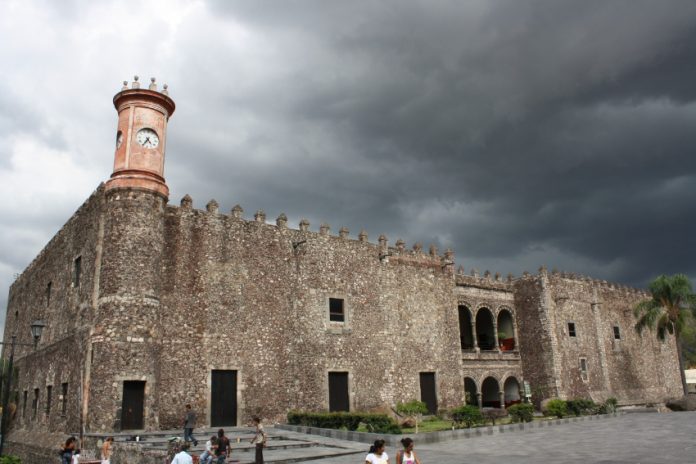The Palace of Cortés, a 16th-century building once occupied by Spanish conquistador Hernán Cortés, will reopen to the public this week as a museum focused on the history and people of the state of Morelos.
Located in Cuernavaca, the palace was damaged in the devastating 2017 Puebla earthquake that claimed 370 lives in central Mexico.

After remaining closed for more than five years, the restored structure – built in the years after the conquest of the Aztec Empire (or Triple Alliance) in 1521 – will open this Thursday as the Regional Museum of the People of Morelos (MRPM). The palace previously housed the Cuauhnáhuac Regional Museum.
The MRPM features five rooms that will house permanent exhibitions, while there is space for three temporary exhibitions on the palace’s ground floor. The permanent exhibitions explore biodiversity; bioculture; landscape; peoples of corn and stone; and the Olmec phenomenon, according to a statement issued by the National Institute of Anthropology and History (INAH).
A collection of 30 archaeological pieces known as the Leof-Vinot Collection will also be on display starting next Thursday.
Museum director Rodolfo Candelas Castañeda said that the permanent exhibitions will showcase the cultural and natural diversity of Morelos, a small state that borders Mexico City as well as Puebla, Guerrero and México state.
The exhibitions are not focused on “important dates or the great figures [of history] but rather the people who have given life and shape to … [Morelos], in the past and the present,” he said.
Announcing the imminent reopening of the Palacio de Cortés, INAH said that construction of the building was “the first civil project in America after the European invasion.”
“The museographic restructuring … is the product of two years of reflection and the consensus of an academic council made up of more than 20 specialists,” it added.
During the restoration of the palace – in which Cortés lived with his second wife Juana Zúñiga – a team of experts repaired the structure’s “iconic turret” using materials that reduced its overall weight by 70%, the institute said.

They also restored a Diego Rivera mural called History of the state of Morelos, Conquest and Revolution. The public “will be able to admire [the mural] on the eastern terrace, its original site,” INAH said.
Once it is open, the MRPM will welcome visitors Tuesday to Sunday between 9 a.m. and 6 p.m. The palace is located in the historic center of Cuernavaca, known colloquially as the city of eternal spring for its pleasant year-round climate.
